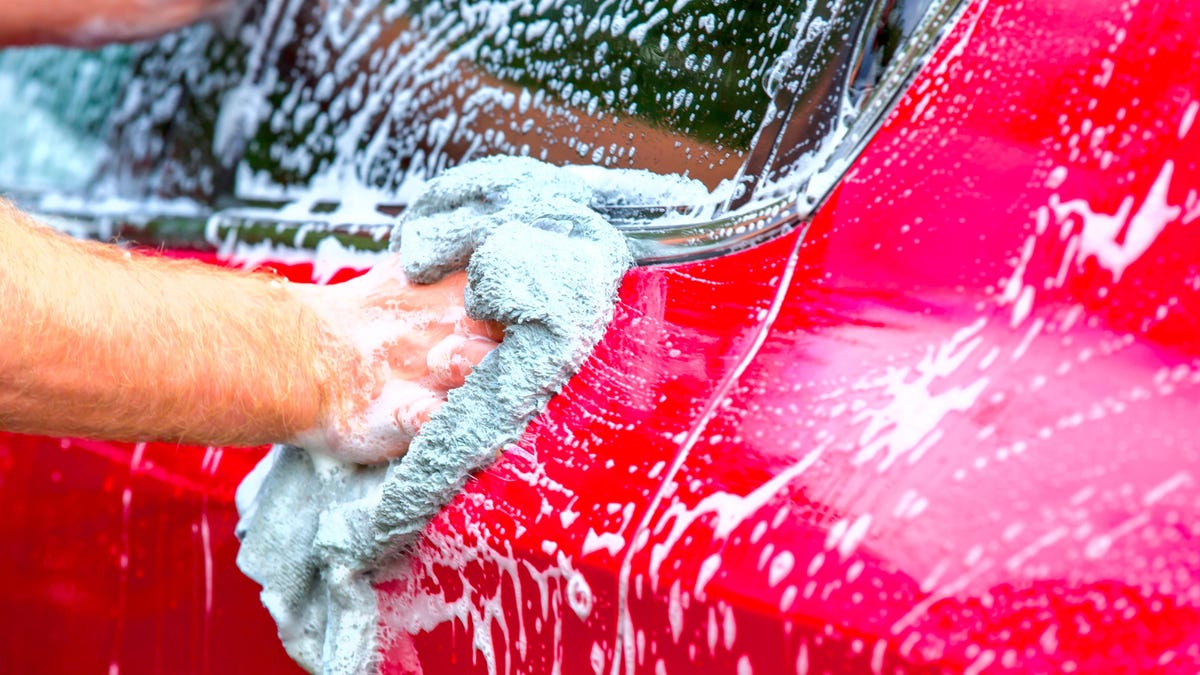Once you’ve invested in the necessary supplies, washing your car yourself—as opposed to taking it to a car wash—can save you money. But beyond that, it also gives you more control, allowing you to spend additional time on especially filthy areas, or be extra gentle on delicate parts that may have seen better days.
But if you’re not using the right soap, cloths, and techniques to wash your car, you may end up damaging it in the process. Here are a few examples of things you shouldn’t do when washing your car at home.
Mistakes to avoid when washing your car
Though it might seem like all washing a car involves is filling a bucket with water, adding any kind of liquid soap, washing the car with a rag, and rinsing it with a hose, it’s not quite that straightforward. It’s not that it’s a particularly difficult task, but small decisions you make along the way can end up having a big impact on the outcome.
Here are a few common mistakes to avoid:
Washing your car in direct sunlight
While you may be able to see dirt and window smudges better on a sunny day, the heat from the sun can cause cleaning products to evaporate before you have a chance to rinse them off. This could leave spots and swirls of residue on the car’s windows and paint. Either park your car in the shade, or wait for a cloudy day to wash it.
Using dishwashing soap
There are many uses for liquid dishwashing detergent outside of the kitchen sink, but cleaning your car isn’t one of them. According to experts at The Manual, washing your car with dish soap can oxidize the paint and remove its clear coat, leaving the body vulnerable to rust and dirt. Opt instead for a cleaning product designed for cars.
Starting at the bottom
After starting by cleaning the tires and rims, work your way from the top of the car to the bottom as you’re washing it. This way, the suds and dirty water move down the car as you go, preventing you from having to wash the same area twice.
Using paper towels or abrasive cloths
The experts at Consumer Reports recommend applying the sudsy water using a soft, natural sponge or a lamb’s-wool mitt, then going back over sections with stubborn grime using a soft, nonabrasive cloth.

